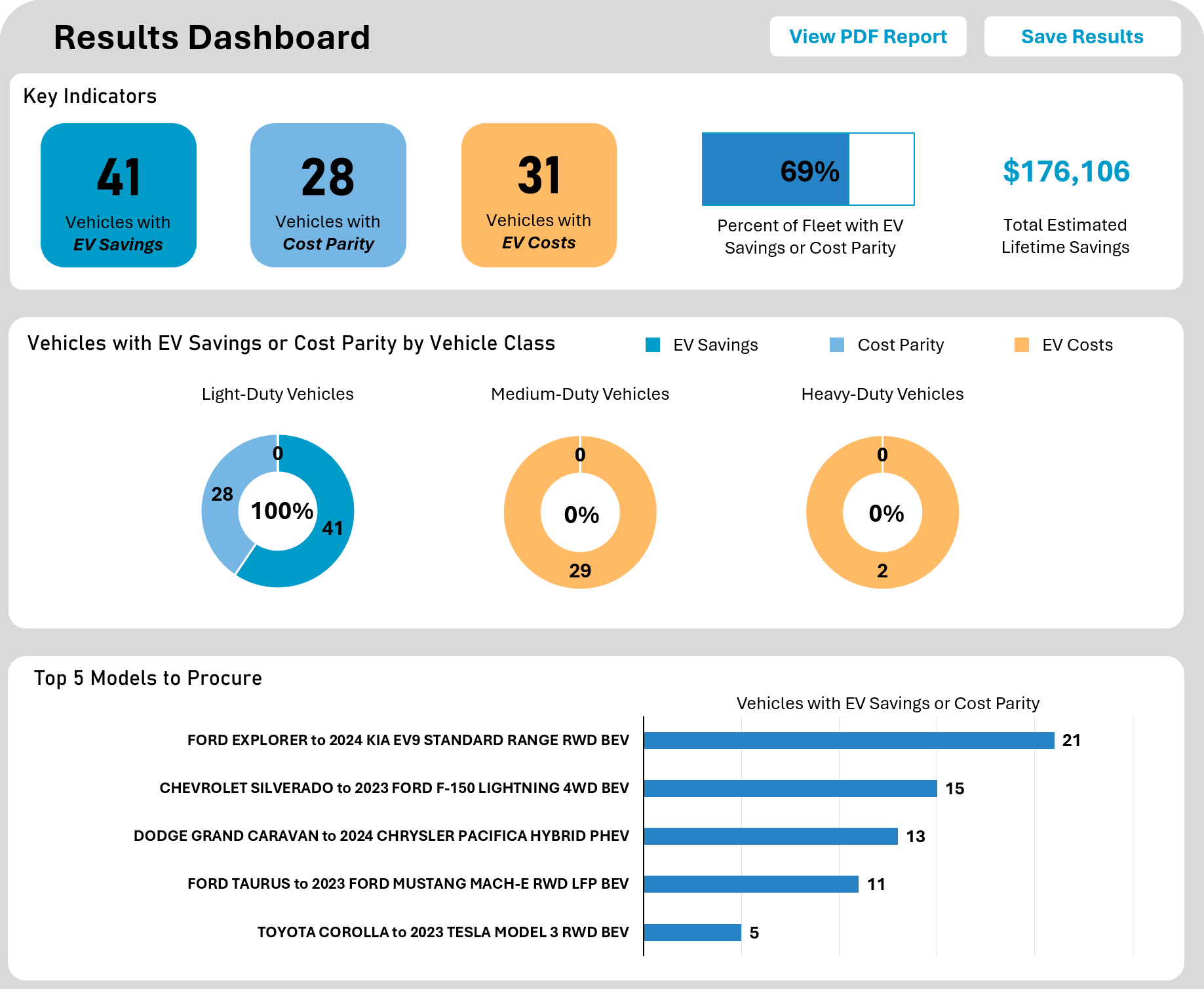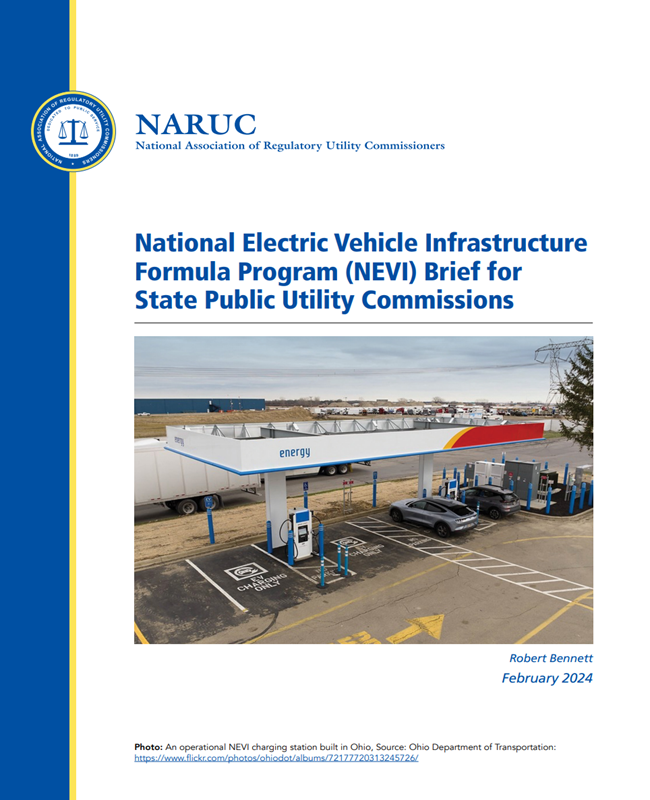Cleaner Cars, Fatter Wallets: The Current U.S. Clean Vehicles Policy Package Will Deliver Climate, Health, And Economic Benefits For All
Moe Khatib2024-06-04T22:27:41-04:00NRDC's latest paper explains the ways that Americans are benefiting from investments in clean vehicles and what we stand to lose if these policies are reversed.









